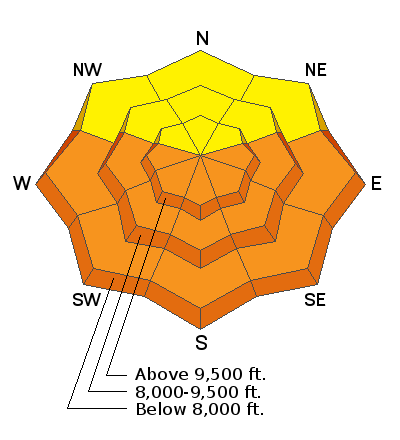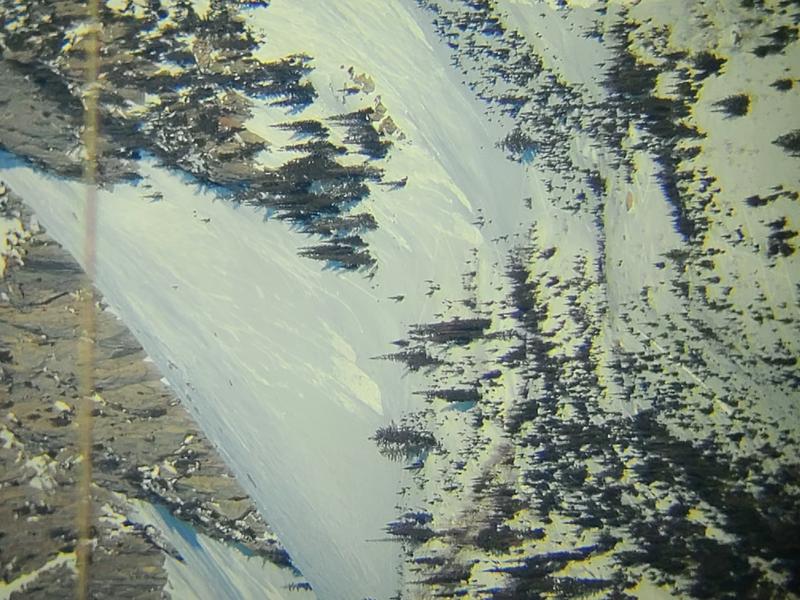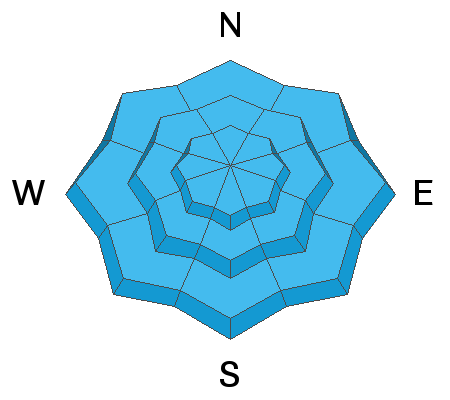Forecast for the Provo Area Mountains

Issued by Nikki Champion on
Monday morning, April 5, 2021
Monday morning, April 5, 2021
Overnight temperatures did not allow for a solid refreeze and this morning mountain temperatures remain warm. Since the snowpack is starting out warm and wet this morning, it won't take much heating or sun for wet avalanches to occur.
Wet avalanches may be both natural and human triggered and occur on steep east, south, and west aspect where the avalanche danger should quickly rise to CONSIDERABLE this morning. All other slopes have a MODERATE danger. Most of these will be loose wet avalanches, but we could see wet slab avalanches occurring today as well.
Walking or hiking underneath large steep slopes would not be recommended as natural wet loose avalanches can travel long distances today. Be aware of what's above you, especially in places like Aspen Grove and Bridal Veil Falls.

Low
Moderate
Considerable
High
Extreme
Learn how to read the forecast here








